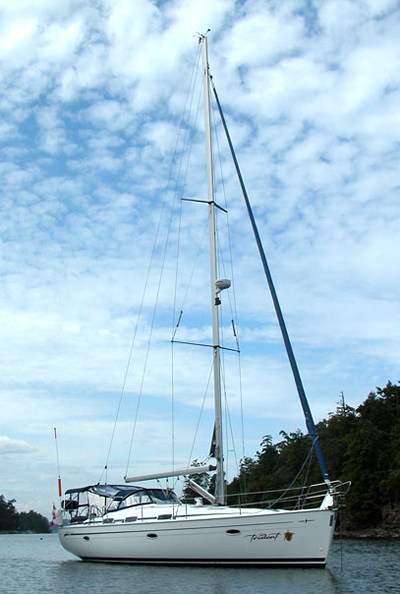
Lithium-Ion Batteries
Lithium-ion batteries are all too common these days; your laptop and cellphone have them, and billions are sold every year. For the most part, they've got a pretty good safety record. But not long ago, the entire fleet of Boeing 787 Dreamliners was grounded due to Li-ion battery fires, and there are frequent reports of smaller fires from devices that use these batteries. As we all know, the recreational-boating market has begun offering these batteries to boat owners; sailors in particular like the weight savings of as much as 75 percent. But because these batteries are a new technology, no maritime standards yet exist specifically addressing how to install or maintain lithium-ion systems in recreational boats, and some owners are blithely installing them without regard to their unique properties.
Li-ion batteries require sophisticated battery-management systems and unique over current protection — they can't simply be dropped in to replace conventional wet-cell batteries. Doing so can cause the batteries to experience "thermal runaway," which is a polite way of saying they can catch on fire and be almost impossible to extinguish.
An ABYC committee is working to develop standards that boat builders and boat owners can use to safely install Li-ion battery systems, including specific requirements covering installation, battery-management systems, and safety features to prevent fires on board.
The new standard will be completed in 2017, giving manufacturers and owners important guidance on how to install these potentially hazardous new products.